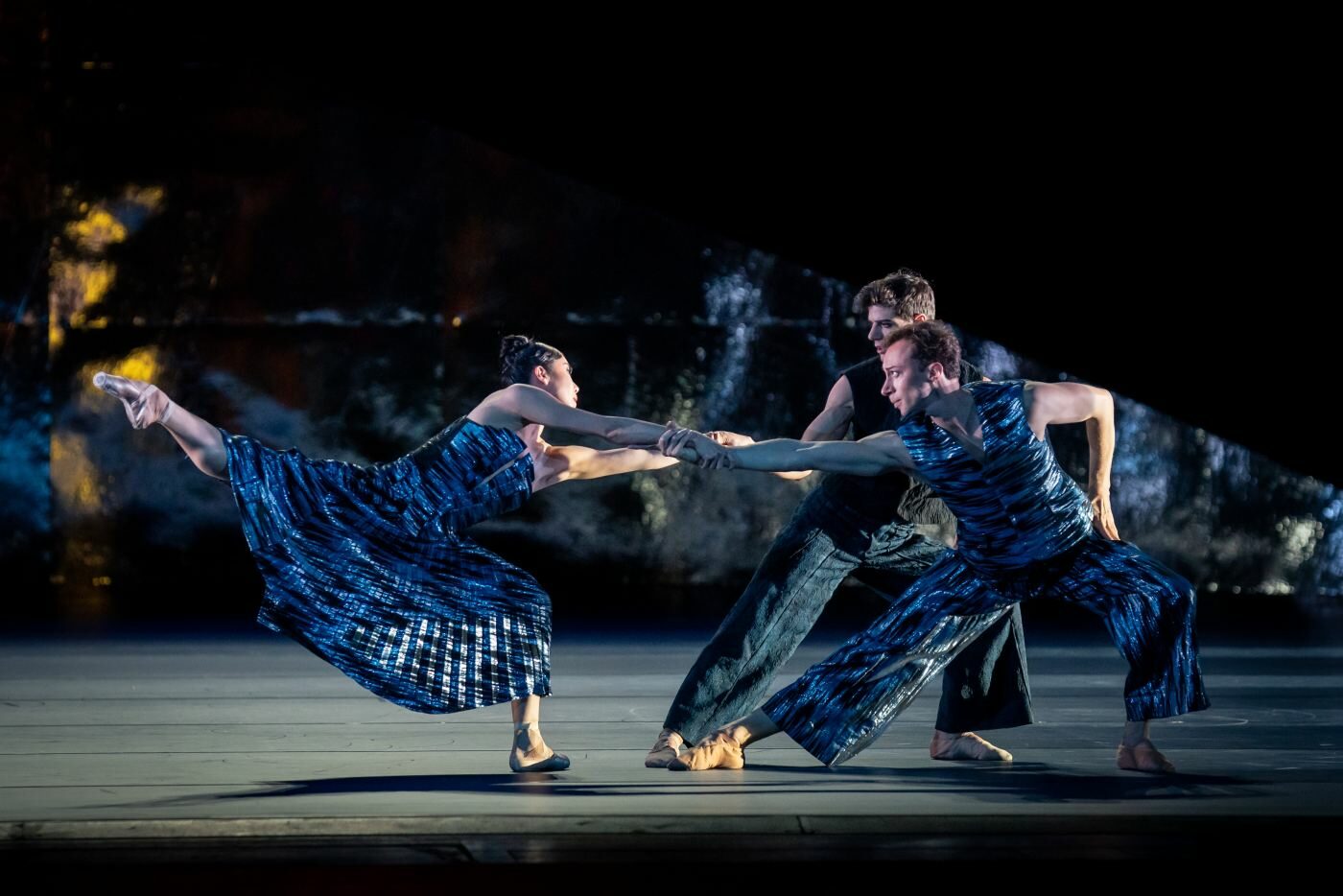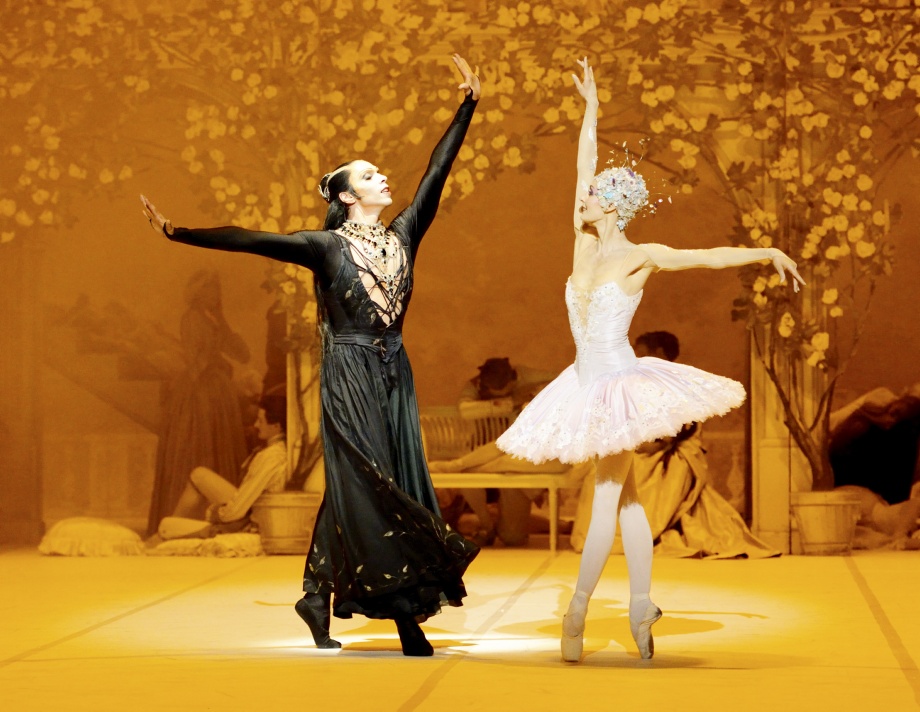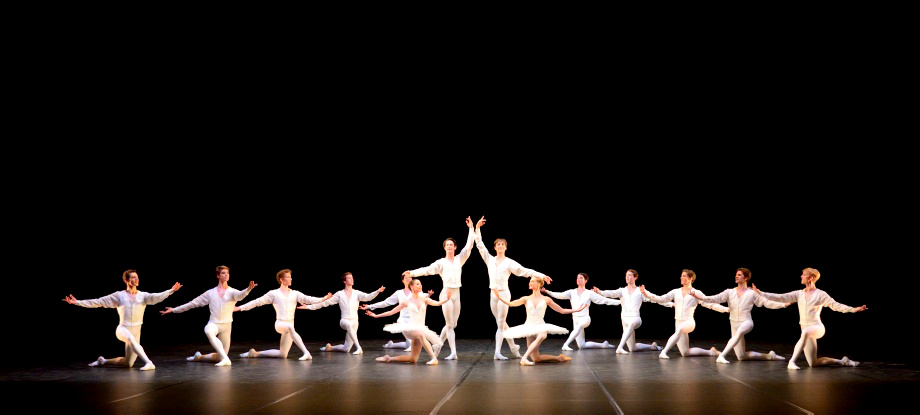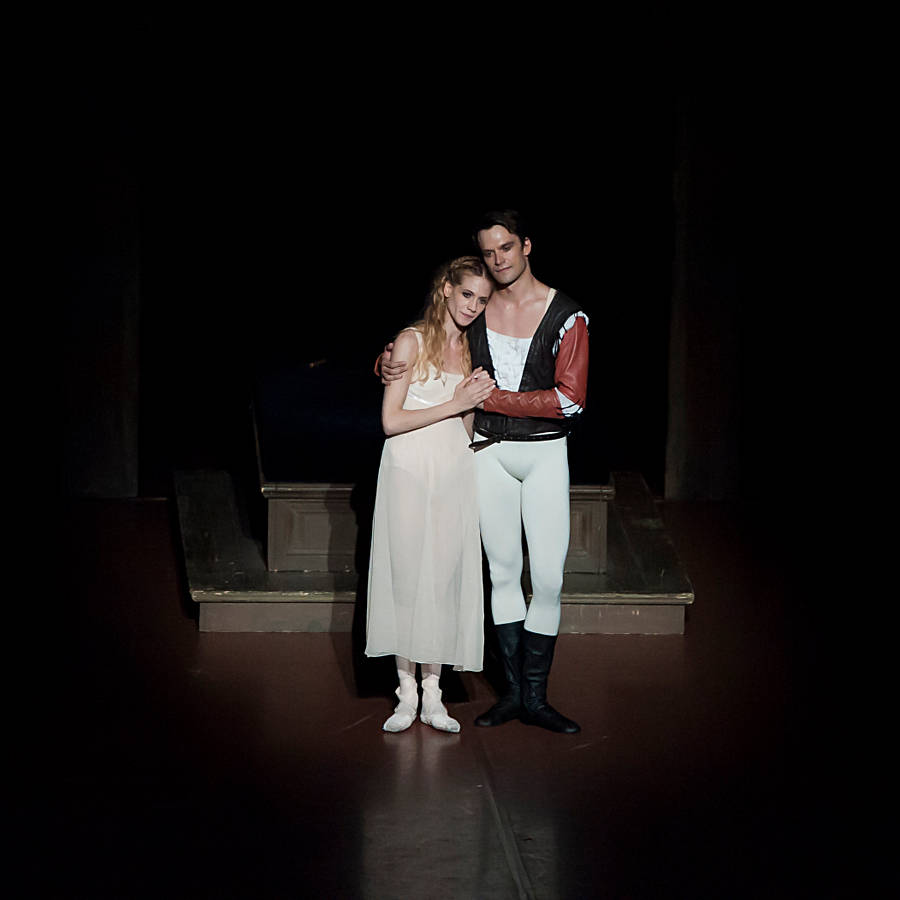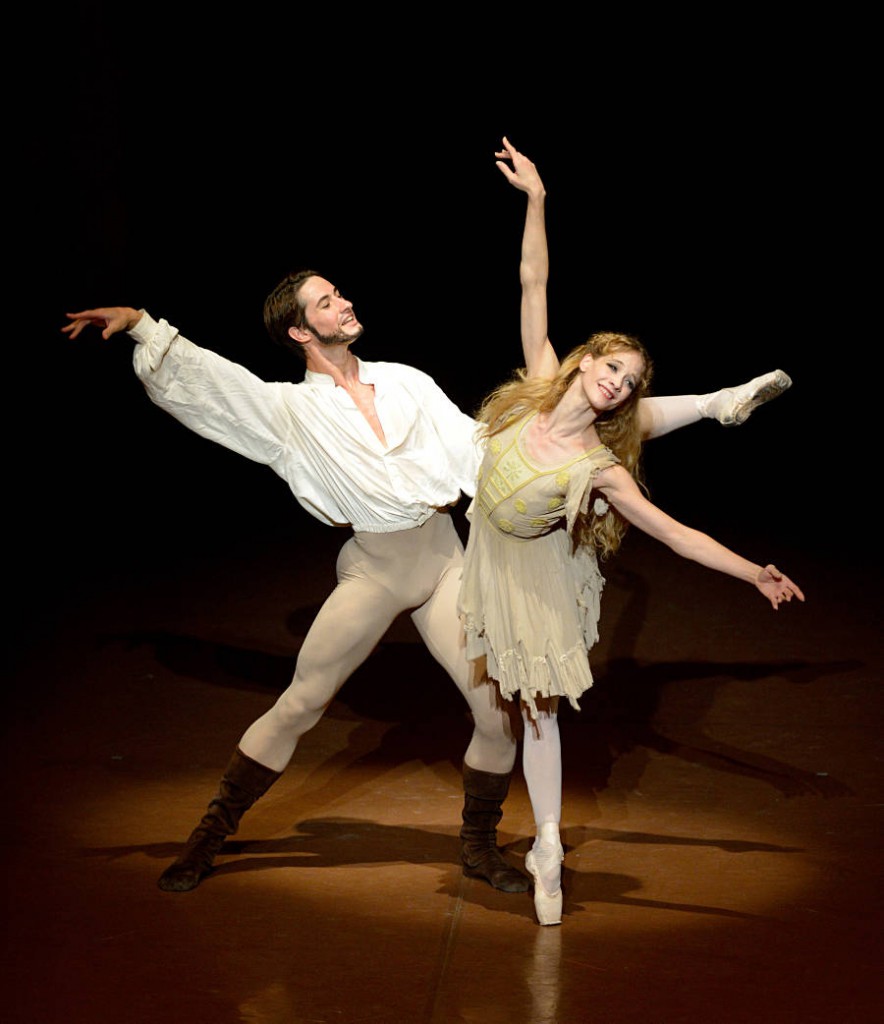Anderson’s Jubilee Menu No. 1
“Kylián / Van Manen / Cranko”
Stuttgart Ballet
Stuttgart State Opera
Stuttgart, Germany
October 27, 2015
by Ilona Landgraf
Copyright © 2015 by Ilona Landgraf
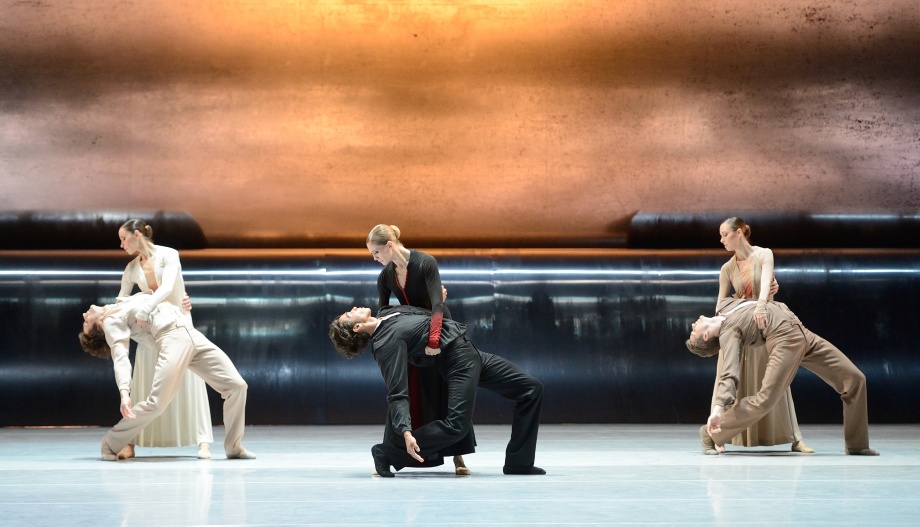 Shortly before setting off on a tour to Korea and Japan Stuttgart Ballet premiered a mixed bill of four pieces by three choreographers. This season is Reid Anderson’s twentieth for which he chose his favorites. Combining choreography by Jiří Kylián, Hans van Manen – both long-term collaborators of the company – and John Cranko is a safe play, yet also a welcome treat. Especially as the company was in sunniest form. (more…)
Shortly before setting off on a tour to Korea and Japan Stuttgart Ballet premiered a mixed bill of four pieces by three choreographers. This season is Reid Anderson’s twentieth for which he chose his favorites. Combining choreography by Jiří Kylián, Hans van Manen – both long-term collaborators of the company – and John Cranko is a safe play, yet also a welcome treat. Especially as the company was in sunniest form. (more…)
